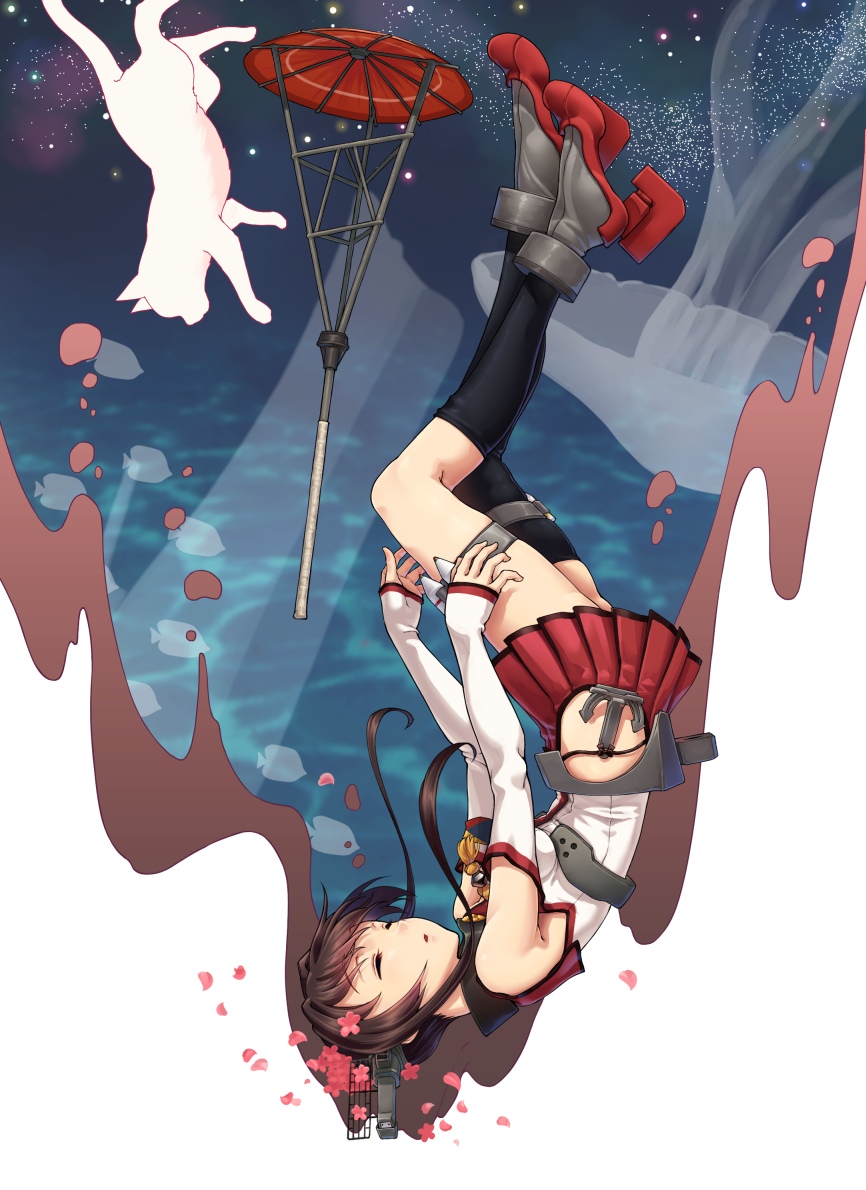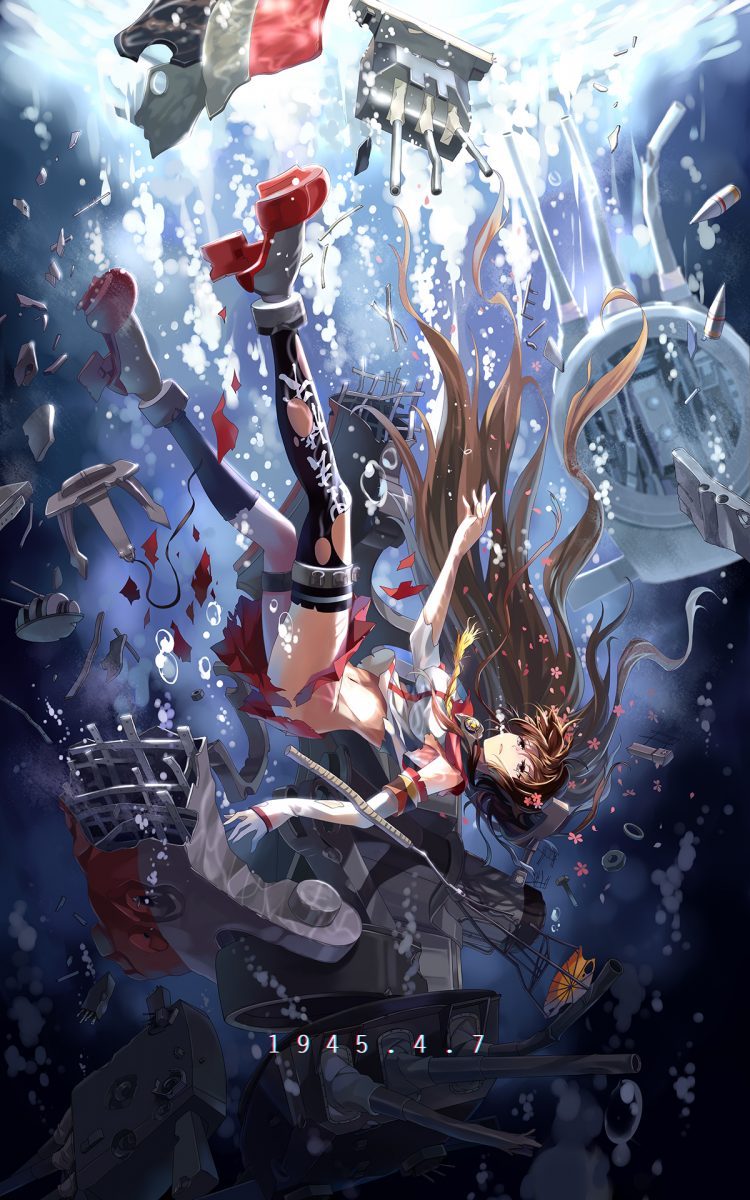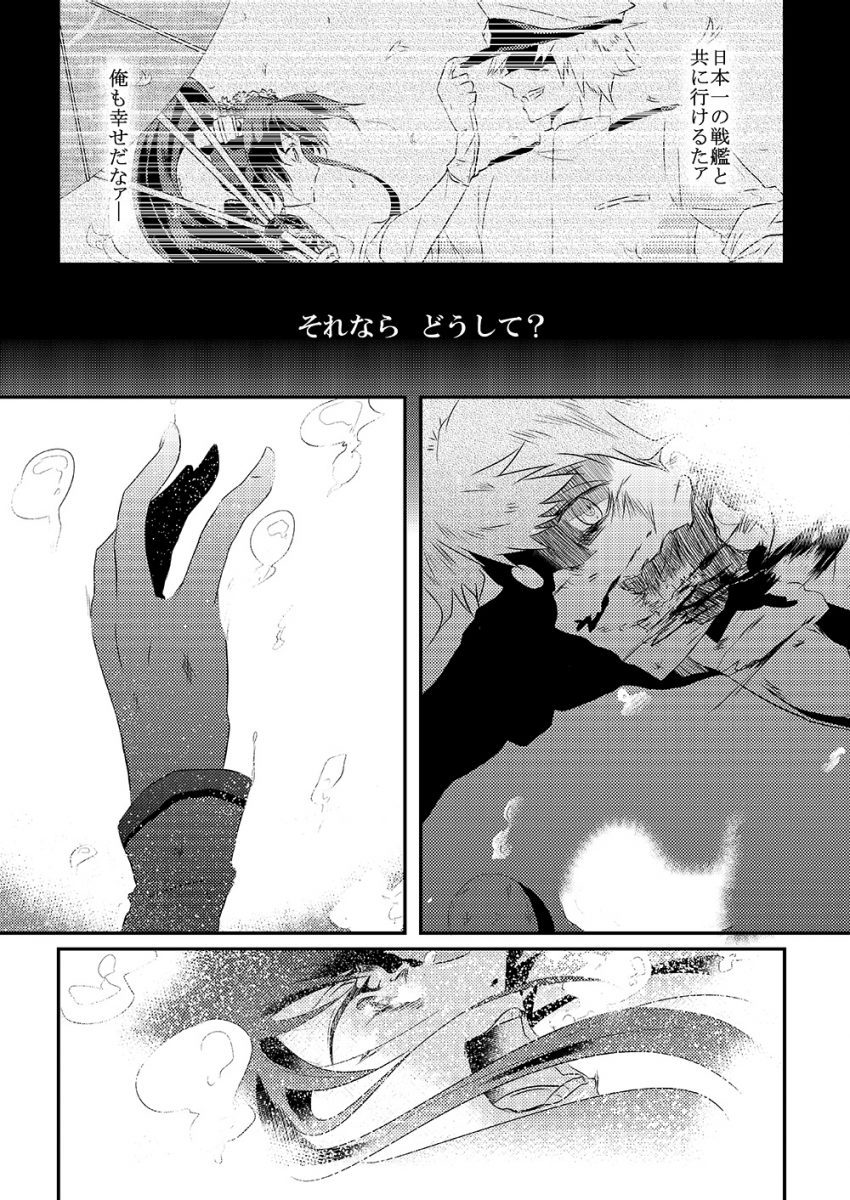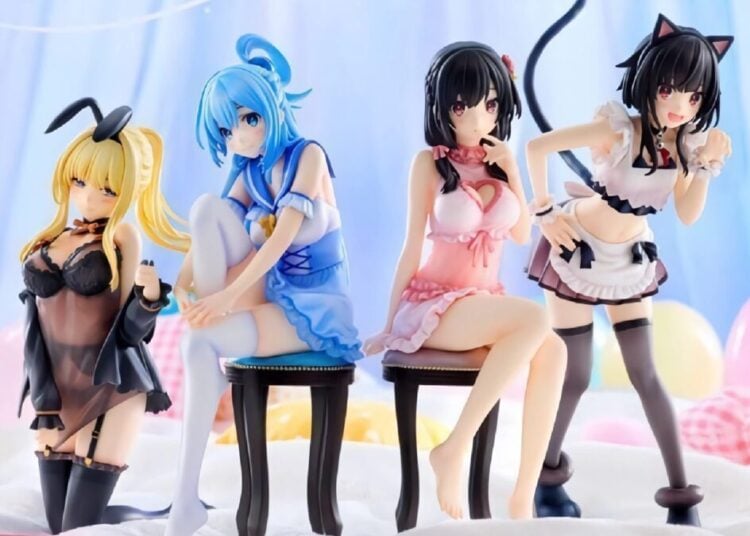Today marks a historical event: the 75th anniversary of the Battleship Yamato sinking, when she was attacked by Allied aircraft and submarines during the Battle of Okinawa. Despite the strange events we’re all caught up in right now, I thought I’d write an article marking this historic event.
A Year of “75th Anniversaries”
This is the strangest year ever. As a blogger, I was supposed to be super busy writing posts covering Japan’s preparations for the upcoming 2020 Tokyo Olympics and how happy Japan was to have millions of visitors from abroad coming to their country for the event. But I knew I’d be busy with one other thing: writing articles, where appropriate, on the “75th anniversary” of the various events that took place in 1945, the final year of WWII. We were literally going to have the Tokyo Olympics end in early August, then just two weeks later, be talking about how 75 years had finally passed since World War II, and reflect on what a peaceful country Japan had become.
Instead, we’re all hunkered down at home, trying to slow the spread of COVID-19 while we “quarantine and chill,” watching anime or playing video games or drawing J-List’s official mascot Megumi.

The Battleship Yamato
Along with her sister ship the Musashi, the Yamato was the heaviest battleship ever constructed, and carrying the largest naval artillery ever seen, nine 460-millimeter (18.1 in) naval guns.
While a massive accomplishment in terms of naval technology, the Yamato was a totally ineffective tool of war, firing her guns in anger only during the Battle of Leyte Gulf. The rest of the time she was kept in port in Kure out of fear that she’d be targeted by Allied submarines and aircraft. As humorously shown in Kantai Collection by Yamato needing to eat huge amounts of food and getting hungry the minute she set out into the water, the ship required so many resources to operate that she was almost totally useless to Japan’s war efforts, except as a symbol. Like Japan’s two bizarre “submarine aircraft carriers” which ended up doing nothing during the war, the Yamato was the best of all possible military weapons in that no enemies were killed by her.
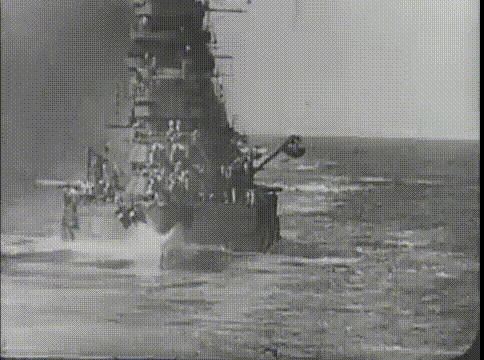
My Japanese Uncle Kumakichi
It’s been interesting, being an American in a Japanese family. My wife’s uncle Kumakichi served in WWII on the Battleship Ise, which was an older battleship that was hurriedly converted into a half-carrier (or “hermaphrodite carrier” in U.S. Navy jargon) when Japan lost most of her proper carriers at the Battle of Midway. I loved going over to his house on New Year’s Day with my kids to listen to his stories of the war, since I wanted my kids to understand their history from both the American and Japanese sides. He would have gone off with the Yamato as part of Operation Ten-Go (the plan to beach the battleship off the coast of Okinawa to create an unsinkable gun platform), but happily there wasn’t enough fuel for the Ise to go along. You can see color footage of the Ise after being heavily damaged in port below, which was taken by Allied cameramen after the war ended, I assume.
Thanks for reading my post about the 75th anniversary of the Battleship Yamato sinking. Let’s hope we’re all happy and healthy when the 76th anniversary rolls around!
